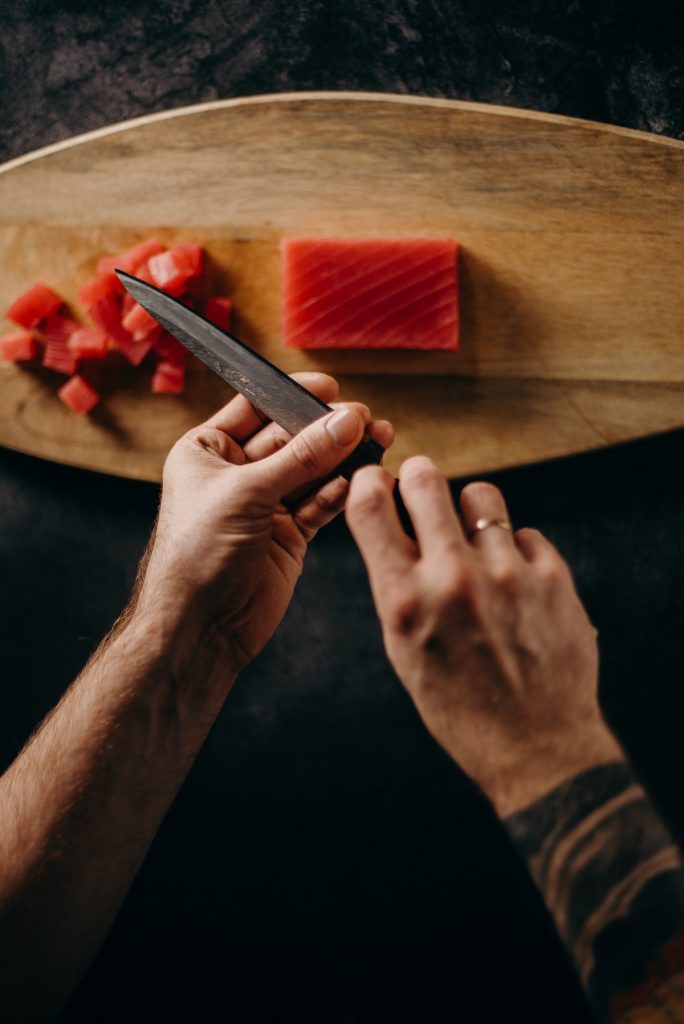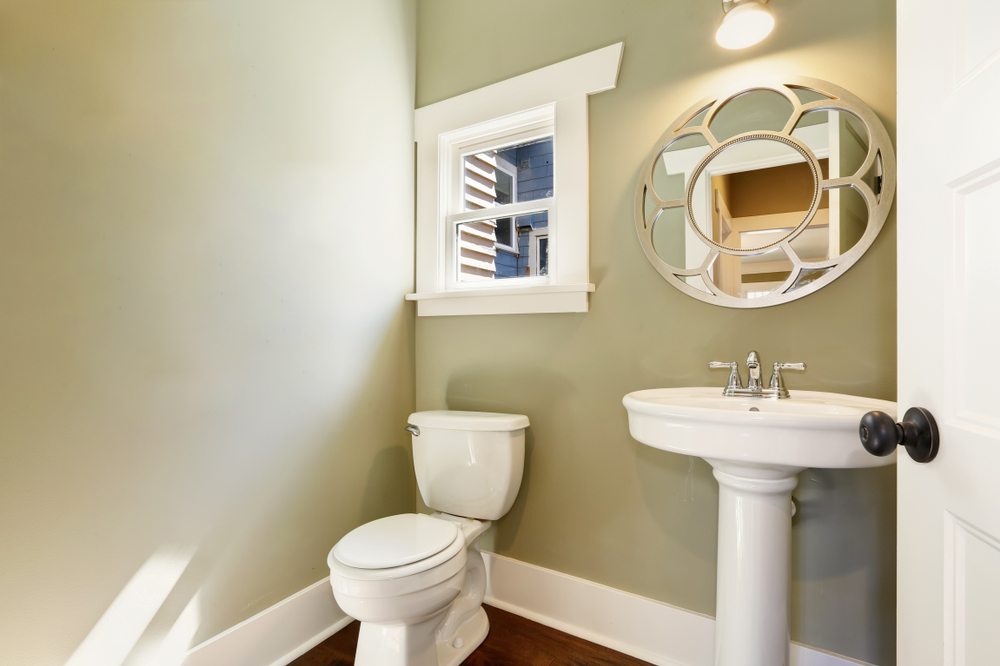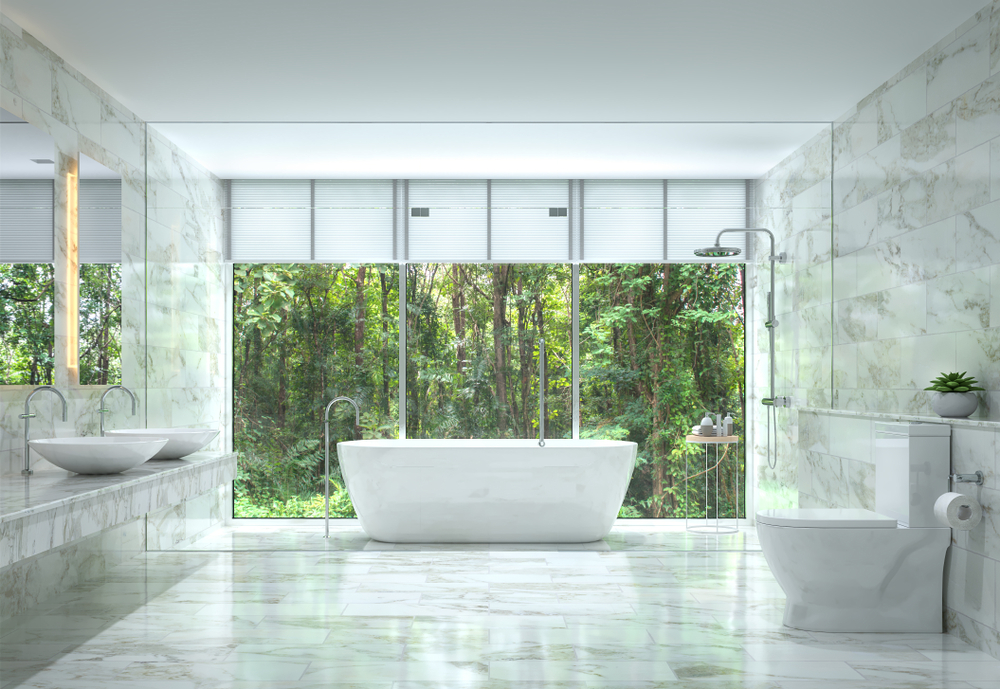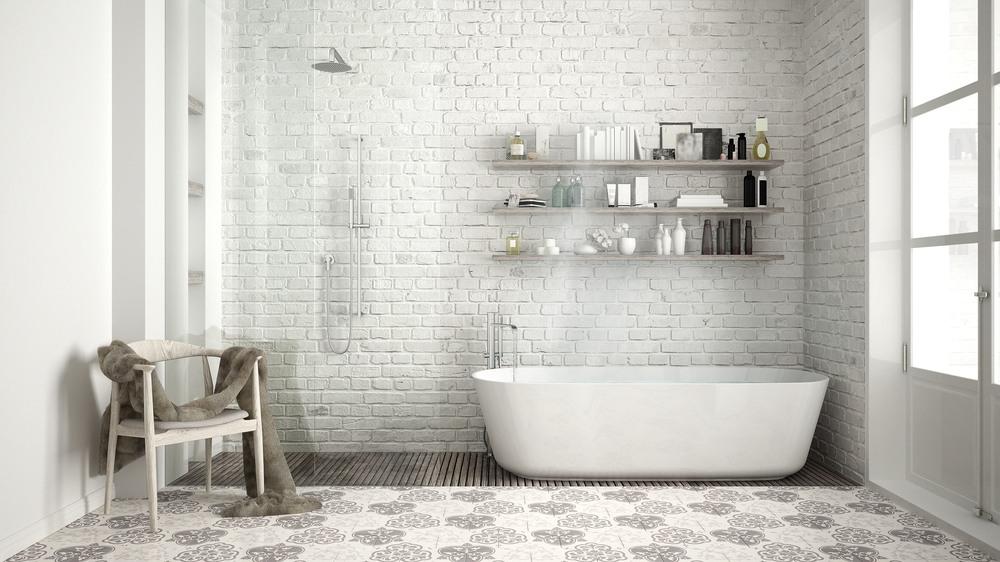Do you think your kitchen is a little to generic? Do you want to make your kitchen more vibrant? The world is rich with different aesthetics and design trends you can use for inspiration. There are many ways you can make your home the place you want it to be, but few things are as satisfying as redesigning and redecorating your kitchen.
An Asian kitchen, using design elements and aesthetic concepts from the vast continent, is a very popular feature in homes. Each country in Asia introduces features great and small, from appreciation of minimalism to the beauty of bamboo countertops.
Here is a guide on how you can tastefully include an Asian kitchen in your home. This guide includes tips on how to draw inspiration from cultures respectfully to advice on designing and decorating.
Asian Cultures and Designs

When you want to draw inspiration for your Asian kitchen, you need to understand that you should approach it with nuance and sensitivity. For example, there are 48 countries in Asia, each with dozens of cultural groups within their borders. You should also keep in mind how to incorporate their principles and design elements into designing your kitchen wall décor or other facets in a respectful manner.
Here are some basic rules when you’re planning on redesigning and redecorating your kitchen with concepts or elements from other cultures. Keeping them in mind can help you avoid offending people’s sensibilities and make your kitchen as tasteful as possible.
-
Do your research
As previously stated, there are hundreds, if not thousands, of cultural groups in Asia and just as many design aesthetics you can borrow from. Research on what you can acceptably copy and integrate into your kitchen décor ideas. For example, it’s easy to tell your designer that you want an Asian kitchen, but which Asian country do you mean? Which aspects of that country’s designs do you want to draw inspiration from? What design aesthetics speak to you? Extensively research both the culture the specific design elements you wish to incorporate, from larger ideas to particulars like kitchen counter décor. An important part of research is determining which area of Asia you want to look into: East Asia, South Asia and the Middle East are all part of this vast continent.
-
Avoid religious iconography
Research is important to know if it’s appropriate to use a specific design element. The problem with simply surfing design elements you like on Pinterest or Instagram is that these posts usually lack the necessary information for context. Take mandalas, for example. Today, people use them whenever they feel like they need something Buddhist or vaguely Hindu without understanding how important and sacred they are to certain Asian cultures. Flower mandalas can represent deeper mysteries and can be essential meditation focuses. Be very careful about which art pieces you use for your Asian kitchen or you may wind up using religious symbols
-
Be respectful and tasteful
Remember that not every aspect of an Asian culture is appropriate within a kitchen setting. Aside from religious or spiritual iconography, you should also pay attention to other décor you use in your Asian kitchen. For example, statues could have deeper meaning you’re not aware of. A painting or hanging may seem like a great kitchen wall décor but what doe sit represent? Consider all these factors so you can ensure everything in the room, from the art to the kitchen counter décor, are above board and inoffensive to the eye and to sensibilities.
Designing and Decorating an Asian Kitchen
Once you’ve done your research and considered the sensitivities involved in using Asian cultures as inspiration for your kitchen décor ideas, you can now design it to your specification. The following are some important tips you should always keep in mind during the entire process of designing an Asian kitchen.
-
Read Up on Design Trends
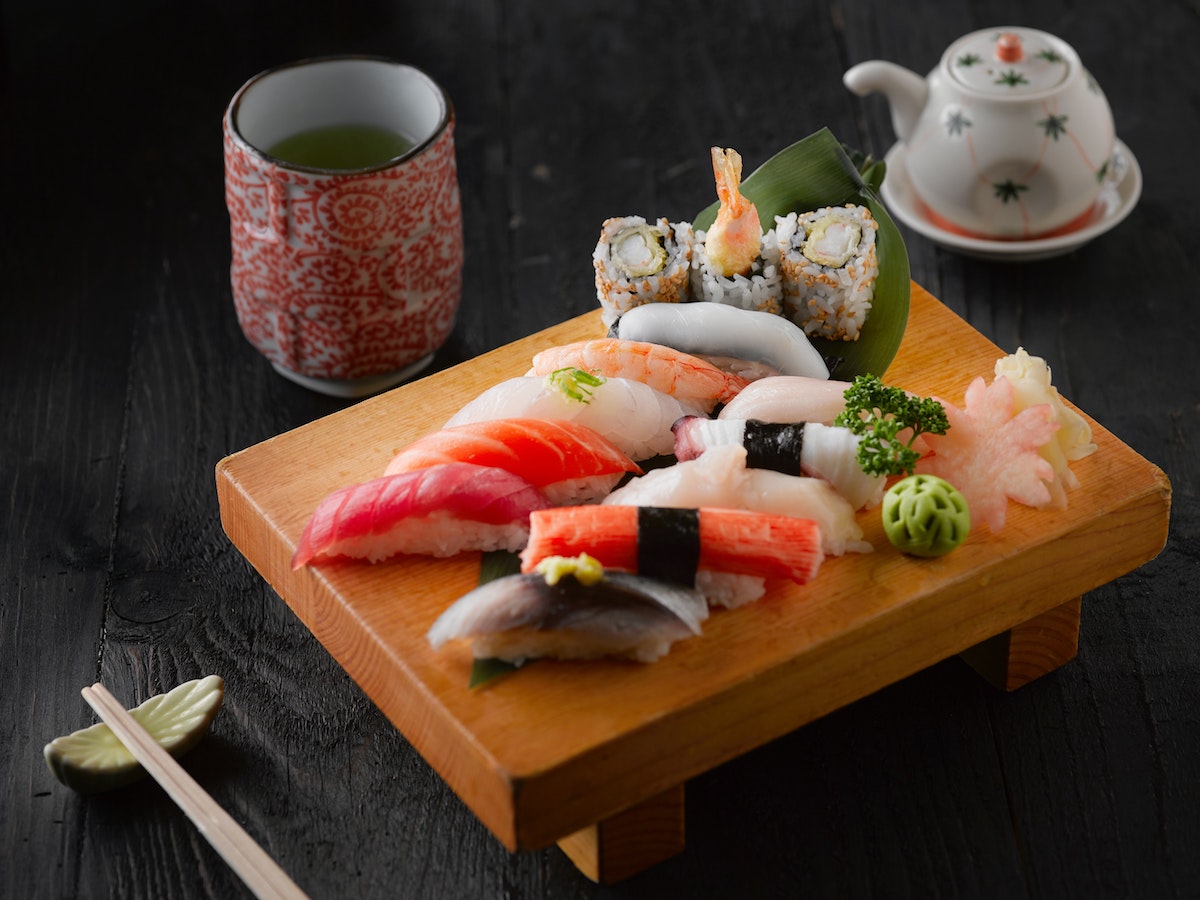
If you want your kitchen to reflect current designs, the first step is to read up on what’s trending in the country you wish to emulate. Ignore the urge to do the bare minimum to simply Google the design trends you want. Instead, visit websites or read magazines from the Asian country you wish to draw inspiration form. Reading about these cultures from its own members is essential in understanding how to integrate it carefully. Find out what’s popular in the country you admire and study up.
-
Choose an Aesthetic
Each culture has different aesthetic concepts you can learn from if you want to build an Asian kitchen. For example, Indian interior designs vary from region to region and can carry different implications. Another example of an Asian aesthetic principle that also serves more than just decorative purposes are those that guide Japanese designs. One such principle includes wabi-sabi, an ancient a mindful method of approaching normal life as well as a way they evoke beauty. Understanding the nuances of these principles is key to evoking the correct appeal.
-
Factor in the Cuisine

Kitchens, from any culture, evolve to accommodate the requirements of that culture’s cuisines. For example, Chinese-inspired Asian kitchens will require plenty of open stoves and ventilation because Chinese cuisine features plenty of steaming and stir-frying. Japanese-style kitchens will doubtless require lots of flat bamboo countertops for rolling out and preparing sushi as well as adequate refrigeration units to keep the raw fish perfectly preserved. Always consider the requirements of the cuisine when designing and decorating.
-
Pick the Right Materials
The materials that make up your kitchen wall décor and other design elements are important in evoking the appropriate culture you were inspired by. Bamboo countertops or a kitchen hutch made of bamboo fits better with kitchens inspired by East Asian cultures. Certain types of wood are also better suited for specific cultures rather than as a general material. The aesthetics of a culture also affects whether you should use more natural than artificial materials. Once again, your research into design trends and aesthetics will be invaluable in finding the right materials.
-
Select Colors

Each Asian culture within each country has different color schemes, and sometimes each hue has a deeper meaning inside a culture. It’s easy and insensitive to associate a single color scheme to an entire Asian culture, but doing so is not only crass but it also sells short the potential for creativity. Kitchen wall décor in Japan may feature bold dramatics colors to contrast with the more minimalist hues of the rest of the space. A Thai-inspired kitchen hutch can be black with gold accents just as easily as it can be the bright orange and golden brown associated with their kitchens.
-
Aim to Save Space
In Asia, all space is usually prime real estate, especially for those who live in urban environments. Space-saving measures such as multi-purpose kitchen hutches and lots of built-in drawers are all key parts of many Asian kitchens. You should also carefully consider the footprint of your large furnishing like the refrigerator or oven range. Can you find similar furnishing with the same capabilities but in a model that takes up a smaller space? This design principle can help you make sure your kitchen feels less cluttered and has more utility.
-
Integrate Nature
![]()
A lot of Asian cultures have a deeper connection with nature than their Western counterparts. This is due in part to their religious heritage and other factors, but this connection to nature is also reflected in Asian kitchens. Chopsticks, which is the cutlery or choice in many East Asian cultures, are mostly made of bamboo. A kitchen hutch made of cured wood or bamboo can be more acceptable in the aesthetic scheme of many cultures than a plastic one. This extends to the greater design, with some kitchens using natural ventilation or featuring plants as kitchen counter décor.
-
Seek Design Unity
Interior design is an artistic discipline, and one of the principles that guides art is the concept of design unity. This refers to the way several elements of a single space, like an Asian kitchen, can features similar elements that tie them together. Just like how a bright pink object will spoil the effect of Gothic wallpaper, using random objects and designs from disparate Asian cultures can be jarring and insensitive. Lumping different South Asian cultures together is not only culturally wrong, it can also be terrible to look at. Always look for united design principles and merge other designs carefully and respectfully.
Drawing inspiration from other cultures is always an admirable thing to do, but you must always remember to do so respectfully and in good taste. This is why you need to do as much research as you can, to educate yourself on which aspects you need to tastefully design your own Asian kitchen.

